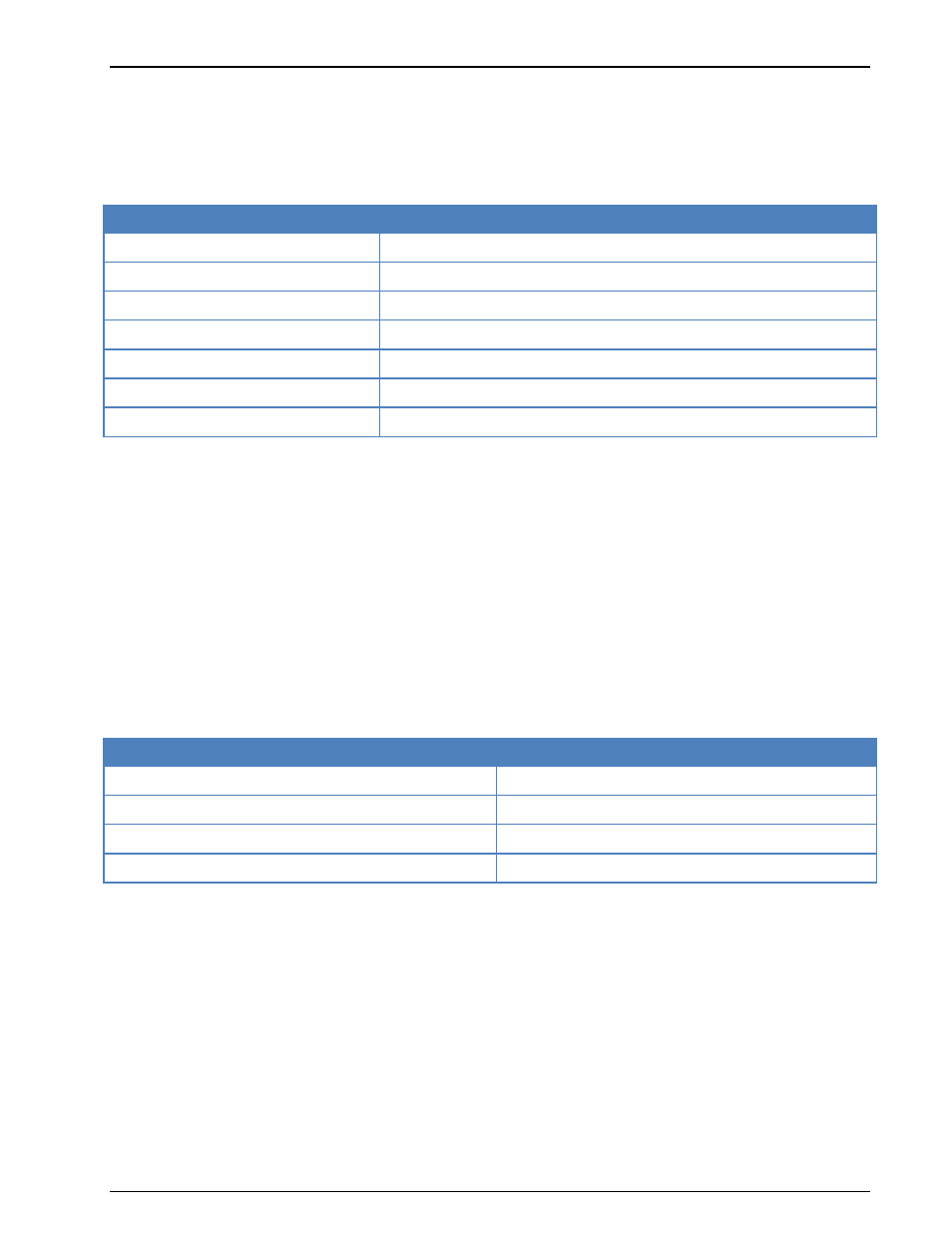Ermes – Wavecom W61PC V7.5.0 User Manual
Page 158

148
Transmission Modes
WAVECOM Decoder W61PC/LAN Manual V7.5
ERMES
ERMES is a Europe-wide high speed paging system with a user data rate of 6250 bps, in comparison to
POCSAG, which has a maximum rate of 2400 bps. ERMES radio data may be transmitted using frequency
or time multiplexing, or both. All transfer modes do however utilize the same modulation format on the
same frequency. ERMES is used in several European countries, whereas Asian countries tend use FLEX as
standard, which is a technically comparable Motorola system.
Parameter
Value
Frequency range
VHF/UHF
Operation modes
Broadcast pager
Modulation
4-PAM/FM
Symbol rate
3125 Bd
Receiver settings
FM, BW = 15-30 kHz
Input format(s)
IF
Additional Info
Bit rate = 6250 bps
Radio Link
ERMES employs a radio link transfer protocol conforming to the ETSI prETS 300 133-4 standard (ETS 300
133-1 to ETS 300 133-7). Transmissions are within the range from 169.4125 MHz to 169.8125 MHz all
over Europe. Channel spacing is 25 kHz. The nominal frequencies and the channel numbering are defined
as:
fn = 169.425 + n*0.025 MHz
n = Channel number (0...15)
ERMES transmitter allocations follow the CEPT T/R 25-07, annex 1 recommendation.
Modulation
ERMES modulation is 4-PAM/FM. The four frequency pulse-amplitude modulation carries two bits (dibit)
per frequency step. In addition to coherent phase keying ERMES also utilizes pre-modulation pulse shap-
ing. To decrease bit error rate, data is encoded using the Gray code.
The nominal frequencies are:
Carrier
Dibit symbol
+ 4687.5 Hz
10
+ 1562.5 Hz
11
- 1562.5 Hz
01
- 4687.5 Hz
00
The ERMES Protocol
A sequence of 60 seconds is partitioned into 60 cycles. The sequences are synchronized to UTC. The cycles
have duration of exactly one minute, and synchronize the various ERMES networks (transmitters). In this
way the receivers will only receive one or more cycles and thus power consumption is substantially re-
duced.
Each cycle is subdivided into five subsequences of 12 seconds each. In order to maintain synchronism be-
tween networks the subsequence number (command SSN = 0) is transmitted preceding every UTC minute
marker.
A subsequence may also have duration of less than 12 seconds. The remaining time is used for transmit-
ter switching.
Each subsequences is further divided into 16 batches designated A to P. Thus the pagers are divided into
16 groups. The transfer mode (tone call only, numerical call, alphanumerical call) is controlled by the posi-
tion of the batch number.